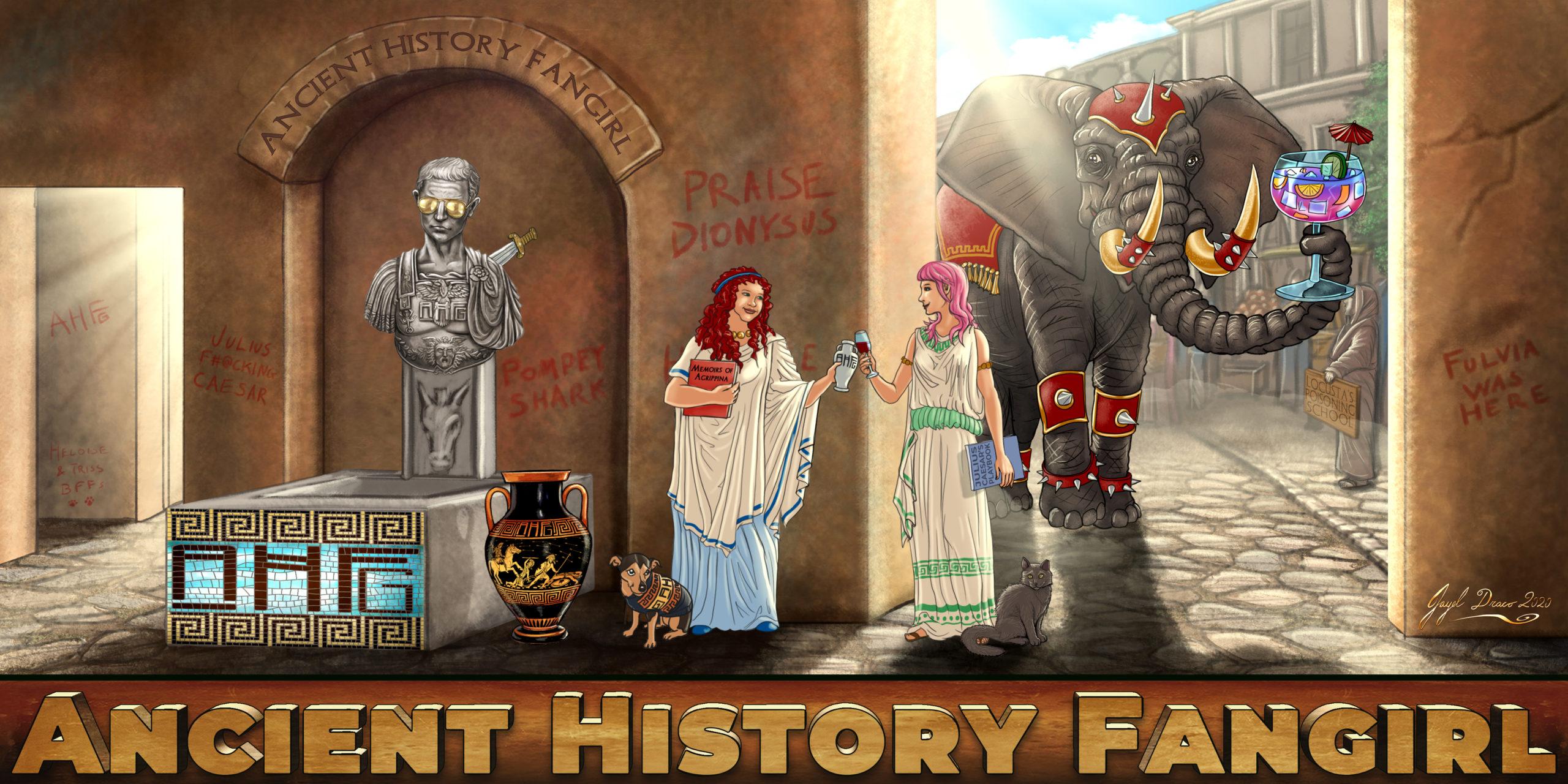In the last episode we discussed why the Hanging Gardens of Babylon are the only Wonder that historians don’t believe existed. There’s no archaeological evidence for it, and archaeologists have been scouring the ruins of Babylon since the 1800s. Also, Nebuchadnezzar himself—who could not shut up about all his own great building projects—never mentioned it.
But there’s one audacious theory that suggests the Hanging Gardens did exist—just not in Babylon. In fact, they were built by Babylon’s arch enemy 324 miles to the north. The theory goes that the Hanging Gardens of Babylon were actually the Hanging Gardens of Nineveh.
Join us as we do a deep dive into this fascinating theory. Get the show notes here.




